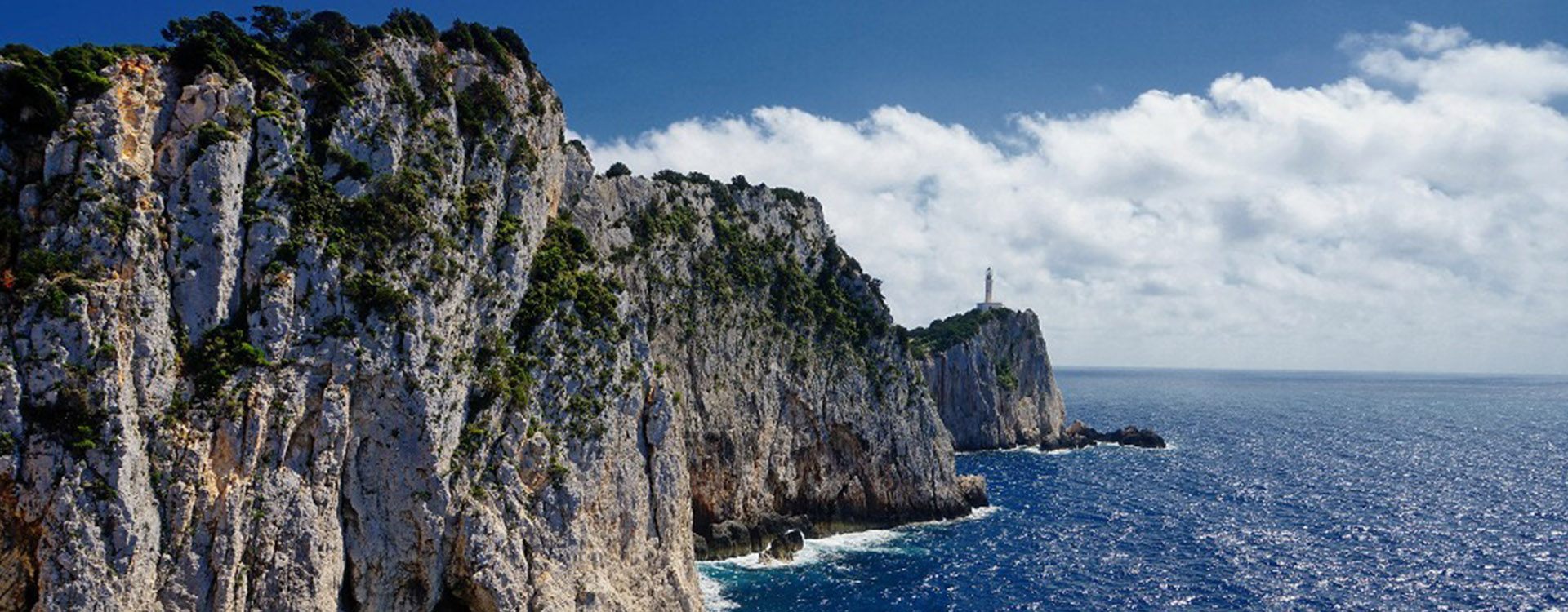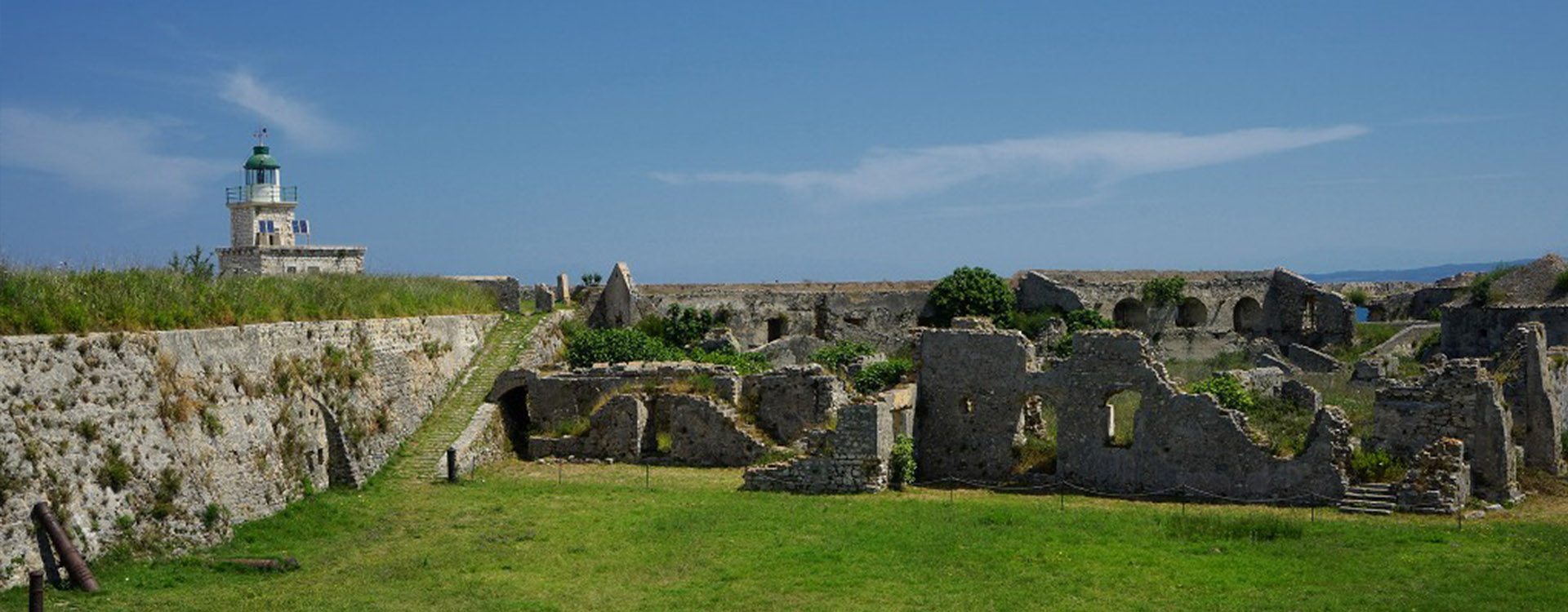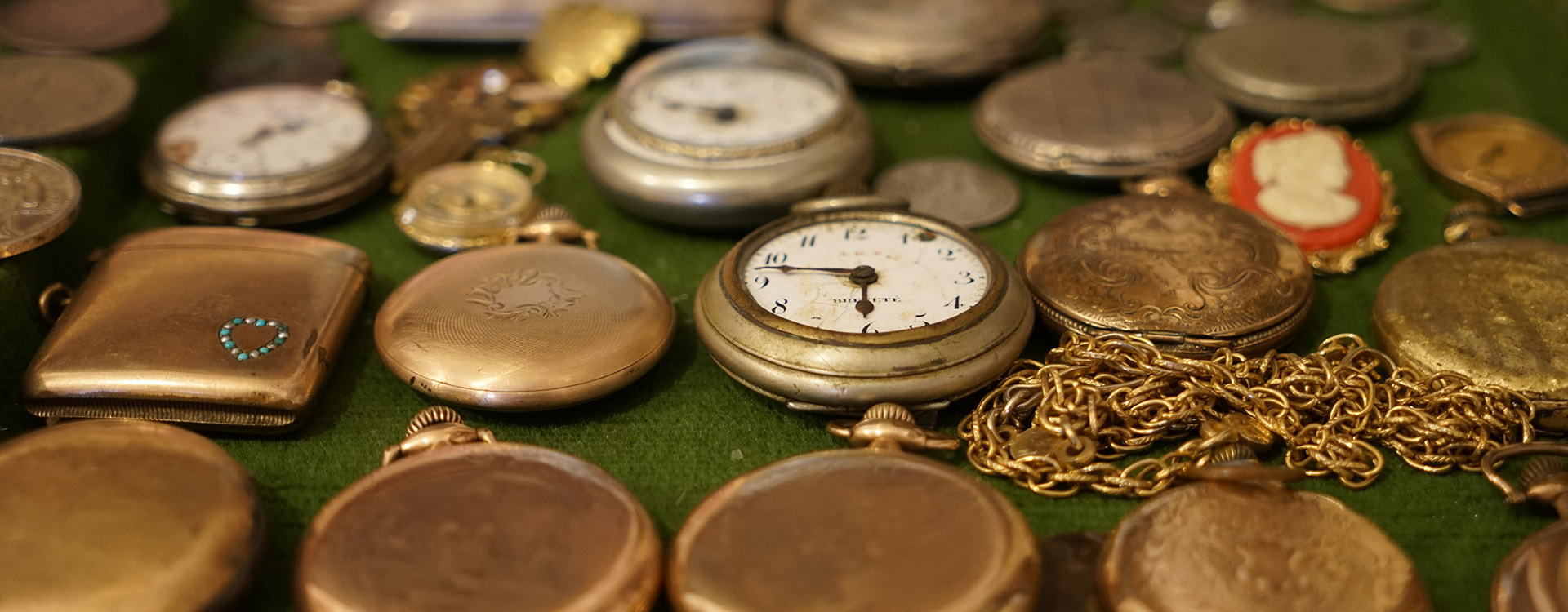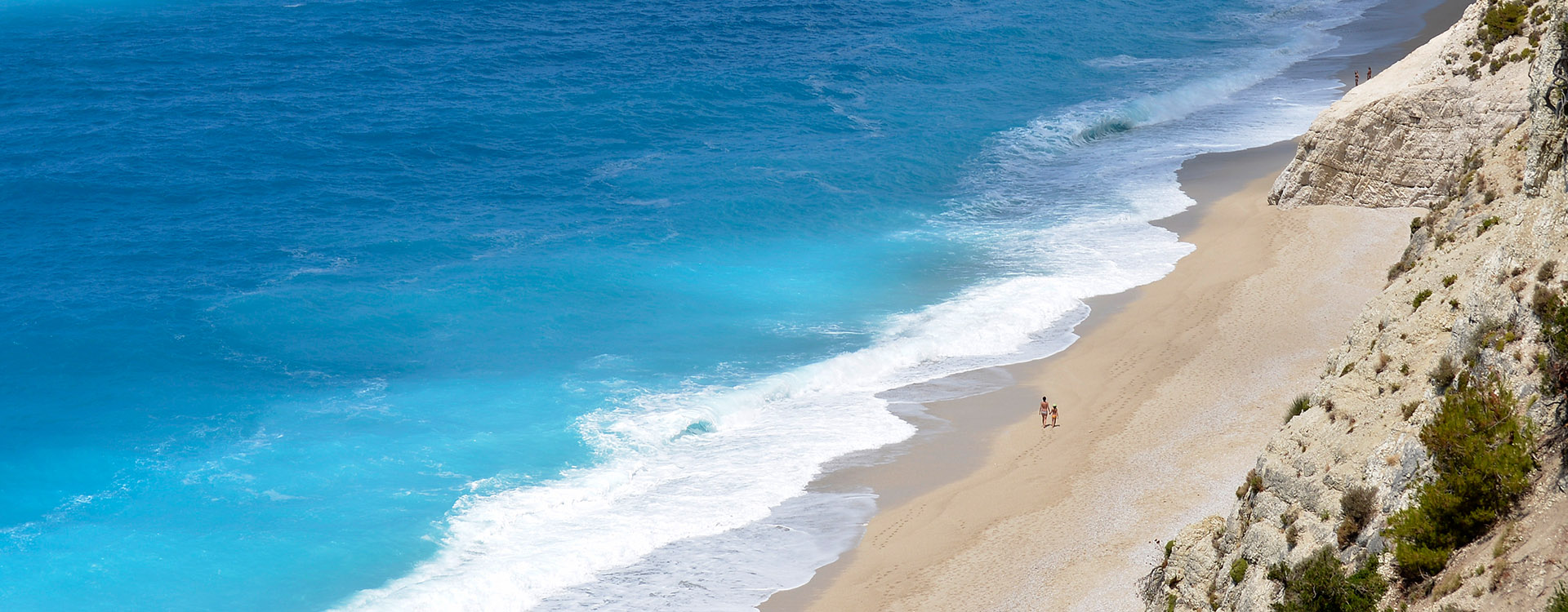The island
Geographical Location of Lefkada
Lefkada is an island of the Ionian Sea and belongs to the island complex of Eptanisa. It lies between the islands of Corfu and Kefalonia. It is very close to the shores of the western mainland of Greece. Only a small strip of sea separates the island from Akarnania and a fifty meter floating bridge connects them.
Lefkada covers an area of 302.5 square kilometers and is the fourth in size Island in the Eptanese complex, with a population of 23.000 people. Lefkada along with the islands of Meganissi, Kalamos, Kastos, Scorpios, Skorpidi, Mathouri, Sparti, Thilia, Kythros and other smaller ones around them, constitutes the province of Lefkada with the city of Leukada as capital and is divided into 6 municipalities (Lefkada, Ellomenos, Apollonion, Karyas, Sfakioton and Meganissi) and two counties (Kalamos and Kastos).
The islands climate is Mediterranean, with long spells of sunshine all through the year, the temperate but rainy winter and the warm but pleasant summer due to the cooling breeze. The 70% of Lefkada is covered by mountains. The tallest top of all is Stavrota (1.182m) with Elati (1.126 μ.) following second and St Lias (1.014 m) and Mega Oros (1.012 m) come third and fourth. On the west side of the island which is quite steep, there are many long sandy beaches. Lefkada possesses narrow plateaus, fertile valleys and canyons with rich plantation, while it also has a notable flora which includes olive trees, cypresses, a variety of pine trees, a special variety of oak, aromatic herbs and rare flowers.
The island has many springs, like the known Kerasia springs in Sivros, torrents that become rather violent at times and form small cataracts like the one in Nydri, the Dimosaris and impressive canyons like the ones in Mellisa of Sfakiotes and in Haradiatikos. The two salt lakes in the northern part of the island are a very important reserve for many bird species.
Lefkada’s coastline is also very rich. It is comprised of impressive beaches, peninsulas, capes – the Lefkata Cape in particular – coves that make magnificent natural ports, distinguishing the ones of Vlihos, Syvota and Routha in the east and Vassiliki in the south side of the island. Many consecutive coves exist in Meganissi creating small but impressive fiords.
History of Lefkada
The name of the island “Lefkada” routed from the name “Lefkas Petra” or “Lefkas Akra”, an ancient name of today’s Leukata, the southern cape of the island.
The wild white rocks of the cape where, according to, the poet Sapfo ended her life in the name of love, gave the name to the city, the Corinthians founded in Lefkada, and then to the entire island. According to geographer Stravonas they renamed the ancient city of Nirikos to Lefkada, capital of the island.
Humanity in Lefkada can be traced back to the Paleolithic era. The distinguished German archaeologist Wilhelm Dairepfeld, associate of Henry Schliemann in the Troy excavations, conducted extensive archaeological research in Nydri, and brought important findings from the copper age (2,000 B.C.) to light and hence started the theory that Lefkada can be identified with Homers Ithaca.
The ancient city of Nirikos, 7th century b.c., which was discovered in Kalligoni at Koulmos, was the island’s first capital. It was surrounded by a great wall, of which only a small part is left.
The history of Lefkada, from the 7th century b.c. after becoming a Corinthian colony up until the Roman conquer, is politically connected to the city of Corinthos, which Lefkada followed in all important events of the time: the Salamina naval battle, the battle of Platees, the Peloponnesian war as an ally to the Spartans and the expedition of Alexander the Great.
Strongly resisting to the Romans during the 3rd century B.C., Lefkada finally submits to the conqueror in the 2nd century. During the Roman occupation considerable projects were constructed, the stone bridge, to name one, which connected the island of Lefkada with Akarnania, and had a length of 700 meters. They also reconstructed the ancient wall.
In 1204 the island was incorporated to the dominion of Hepiros, but from the year 1294 Lefakada came into the hands of the French, since it was given as an offering to John, Count of Orsini, who later built the nucleus of the Aghia Mavra Castle, still erect today at the island’s entrance.
The history of the island, since the 14th century and until it’s incorporation with the Greek state, is full of events – milestones of long historical adventure.
In 1331 Lefkada was conquered by the Andigavians, while in 1334 it becomes the feud of the Georgie.
In 1357 the “Voukentra revolution”, the revolt of the islands farmers against the Gratian Georgie, arose, a fact that centuries later inspired the Lefkadite poet, Aristotelis Valaoritis, to write the famous work “Fotinos”.
In 1362 the island was passed on to the hands of the Tokki and in 1479 was conquered by the Ottomans, only to fall temporarily, for two years (1502-3) in the hands of the Venetians and then again back to the Turks, for a prolonged period of time that ended in 1684.
The same year the Venetians return. Lefkada was occupied by Fransisco Morozini, the capital was transferred outside the castle, at the position it remains up untill now, called Amaxiki and the Lefkadites loose control of the port and commerce falls in the hands of the Venetians.
The Venetian occupation is an especially difficult time for the Lefkadites, who were cut off from the rest of Greece and with the Venetians being indifferent in developing a cultural and social foundation, as they did in Zakynthos and Corfu, found it difficult to organize their social life and create their own cultural movement. However, during these years, the Venetians modernized public life by founding courts and setting the basis for organizing administrative services.
A period of continuous historic changes follows. The democratic French replace the Venetians in 1797 and immediately after that Lefkada as the rest of the Eptanisa falls under Russian – Turkish rule. From 1802 the island becomes a part of the Eptanesian State, the first semi independent Greek state, under Russian – Turkish protection.
In 1807 Lefkada is conquered by the imperial French only to fall in the hands of the British in 1810, who incorporate the island to United State of the Ionian Islands.
Despite the bits of democratic freedoms provided, the English rule was on of cruelty and heavy taxing to the poor Lefkadites, a measure resulting in the revolt of the peasants. During that time, however, many public projects were constructed, such as roads, bridges and aqueducts.
The union of Lefkada as well as the rest of the Eptanisa to Greece happened in 1864 when, after Otto’s removal, came George the 1st to the throne.
For a few years the civil class prospered and commerce especially developed. However in the beginning of the 20th century, the year 1900, peronospora a plants disease, destroyed all the islands vineyards, sending into poverty and despair the inhabitants. Then begun the great emigration to America and Canada, which lessened only after the end of the great wars of the century, where life in Lefkada improved significantly in the beginning of the sixties.
Archaeological Sites of Lefkada
Aghia Mavra Castle: In 1204 the island was incorporated to the dominion of Hepiros, but from the year 1294 Lefakada came into the hands of the French, since it was given as an offering to John, Count of Orsini, who later built the nucleus of the Aghia Mavra Castle, still erect today at the island’s entrance. The history of the island, since the 14th century and until it’s incorporation with the Greek state, is full of events – milestones of long historical adventure.
Nirikos: The ancient city of Nirikos, 7th century b.c., which was discovered in Kalligoni at Koulmos, was the island’s first capital. It was surrounded by a great wall, of which only a small part is left. The history of Lefkada, from the 7th century b.c. after becoming a Corinthian colony up until the Roman conquer, is politically connected to the city of Corinthos, which Lefkada followed in all important events of the time: the Salamina naval battle, the battle of Platees, the Peloponnesian war as an ally to the Spartans and the expedition of Alexander the Great.
Ducato or Lefkatas cape: The name of the island “Lefkada” routed from the name “Lefkas Petra” or “Lefkas Akra”, an ancient name of today’s Leukata, the southern cape of the island. The wild white rocks of the cape where, according to, the poet Sapfo ended her life in the name of love, gave the name to the city, the Corinthians founded in Lefkada, and then to the entire island. According to geographer Stravonas they renamed the ancient city of Nirikos to Lefkada, capital of the island.
Museums of Lefkada
Archaeological Museum: The Archaeological Museum of Lefkada is housed in the newly-constructed building of the Cultural Centre in Lefkada Town. Its four rooms cover a large chronological period, from the Paleolithic times till the late Roman years. In the first room, there are exhibits depicting life from the public and private life of the islanders in the historical times.
There are findings related to music, commerce, weaving, coinage, fishery and farming. The second room is dedicated to the deities of Lefkada, through their presentation in coins and figurines. The third room is dedicated to the funeral costumes of ancient Lefkada, exhibiting tomb monuments, stone urns and the representation of an ancient cemetery. The fourth room is dedicated to the memory of the famous archaeologist William Dorpfeld, who performed many excavations on the island and has been buried in Lefkada. In this last room, visitors can see items from the Paleolithic and Neolithic period, including weaponry, vessels and various kind of tools. Tel. 26450.21635
Phonographs Museum: The private museum of phonographs is placed in the main square of Lefkada town, close to the old city. It was founded in 1980 by a private collector and contains some very interesting items including models of old phonographs, gramophones and radios.
The museum also houses many decorative items, from which some musical instruments stand out, apart from old newspapers, old postcards, guns, swords, pieces of jewellery and coins, which generally date from 1880 to 1950.
The Ecclisiastic Museum of Faneromeni Monastery in Lefkada:The Ecclesiastic Museum of the Faneromeni Convent is ideally located on the outskirts of the village of Fryni, which is at 4 Km from the picturesque town of Lefkada. The majestic museum of Ecclesiastic Art showcases objects of art collected from the many temples and convents of Lefkada island spanning a period from the second Turkish occupation (1479-1684) to the time of the islands amalgamation with mainland Greece in the year 1864.
The museum is housed in an elegant two story edifice ideally located on the grounds of the Holy Convent and has designer rooms exclusively meant for the display of a plethora of objects of ecclesiastical art. The majority of the exhibits consists of rare paintings of renowned Eptanese and Lefkadite artists of the post Byzantine period. Objects of the museum include icons and pieces of chancel screens like magisterial icons, epistyles and exquisite door panels. Of special significance is the plethora of ecclesiastical manuscripts and antique prints that once belonged to the convents library.
The museum is replete with outstanding publications by Greek and foreign printers who belonged to the pro-revolution and the revolution years. Mention must be made of the exquisite silver works consisting primarily of crosses, candelabra, grails, trays, icon frames as well as gospel covers. The museum also takes prides in its numerous canonicals and cloths dating back to the 18th century.
See more details about the museums and fairgrounds of Lefkada at www.golefkas.gr, the ultimate tourist and business guide about Lefkada island.





























